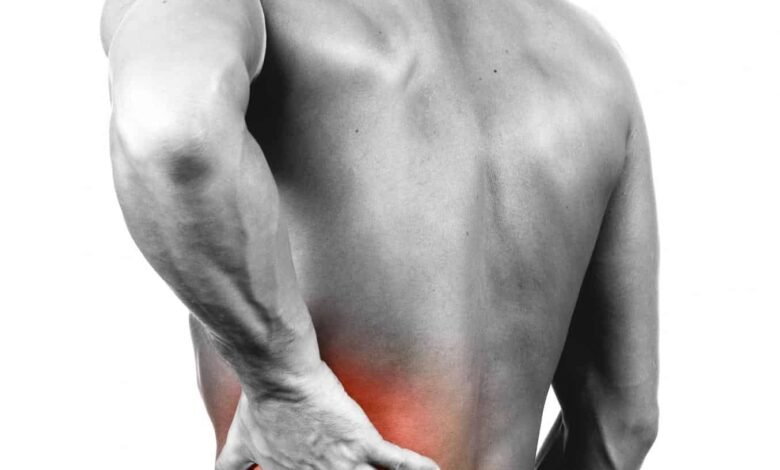Backache

What is low back pain?
Low back pain, which is located on the back in the area below the ribs and above the thighs, is a common phenomenon.
This part of the spine plays a critical role in our daily functionality as it connects the upper and lower body.
This is where most of the body’s weight is concentrated, making it particularly vulnerable to strain and pain.
In reality, all of us have experienced lower back pain at some point in our lives or for a longer period of time.
This can be caused by a number of factors, including but not limited to poor posture, long periods of sitting, insufficient movement or exercise, and various health conditions.</ em>
The spine is a complex structure consisting of bones, discs, muscles, tendons and nerves. Each of these elements can be a source of pain if exposed to excessive strain or trauma.
For example, muscles and tendons can be overworked or stretched, discs can wear out or become damaged, and nerves can be pinched or irritated.</ p>
Lower back pain can also be the result of chronic health conditions such as arthritis, osteoporosis or discopathy.
In some cases, it can also be a symptom of more serious diseases such as spinal cancer or infections.
What causes them?
- Constant lifting of heavy objects or from injury;
- Advancing age;
- Disc herniation;
- Arthritis;
- Other disease;
- Spinal curvature at birth.
Often doctors do not know what causes low back pain. But they are more likely to become chronic if you are under constant stress or depression.
What are the symptoms of low back pain?
Depending on the cause, low back pain can have a variety of symptoms. The pain can be dull or sharp.
It can be localized on a small or larger area. It may also be accompanied by muscle spasms.
Symptoms can also spread to the legs and cause pain in the legs, stiffness, numbness, often going down below the knee.
A rare but very serious problem called Cauda equina Syndrome can occur if the nerves at the end of the spine are compressed.
Seek emergency medical help if you experience weakness or numbness in both legs, or if you cannot control your urination and bowel movements.
For the majority of people, lower back pain is acute and short-term – it subsides in a few weeks, but the likelihood of it becoming chronic increases if stress and depression constantly accompany you.
How is low back pain treated?
Low back pain subsides with light physical activity such as simple walking, and if necessary you can take painkillers for a short time.
Walking is perhaps the simplest and best exercise for the lower back. It stimulates blood circulation in this area and strengthens your gluteal muscles.
Your treating doctor or physical therapist may recommend more specific exercises to strengthen all the spinal muscles.
This may involve performing a series of simple exercises called stabilization exercises.
Strengthening your back and gluteal muscles will improve your posture, help keep your body fit and reduce the risk of injury when lifting heavier objects.</ em>
Certain treatments may work for some people but not for others, so you may need to try several to see what really works for you, such as:
- Massage;
- Acupuncture.
If your symptoms are more severe pronounced and continue after 2 weeks of self-treatment, it is best to consult your personal doctor.
He may need to prescribe stronger painkillers or send you to physical therapy.
Ongoing (chronic) lower back pain may depress you. In turn, depression increases the feeling of pain and thus limits the possibilities of improving your condition.
People with depression often benefit from seeing a psychologist to help you learn how to manage stress and manage pain.
Antidepressants also help to improve the general condition of chronic low back pain combined with depression.
In conclusion, low back pain can be extremely distressing and negatively impact quality of life. However, there are many ways we can manage and alleviate these pains.
It is important to maintain an active lifestyle. Regular exercise, especially exercise that strengthens the abdominal and back muscles, can help maintain a healthy spine and reduce lower back pain.
Physiotherapy, massages and other types of therapy can be very effective. Finally, remember that it is important to listen to your body.
If lower back pain is severe or lasts for a long period of time, it is important to consult a doctor. Low back pain can be a symptom of a more serious illness that requires medical attention.



